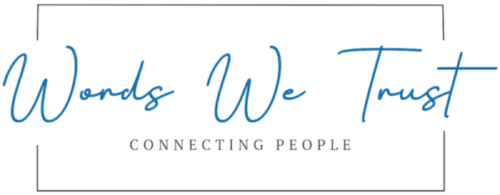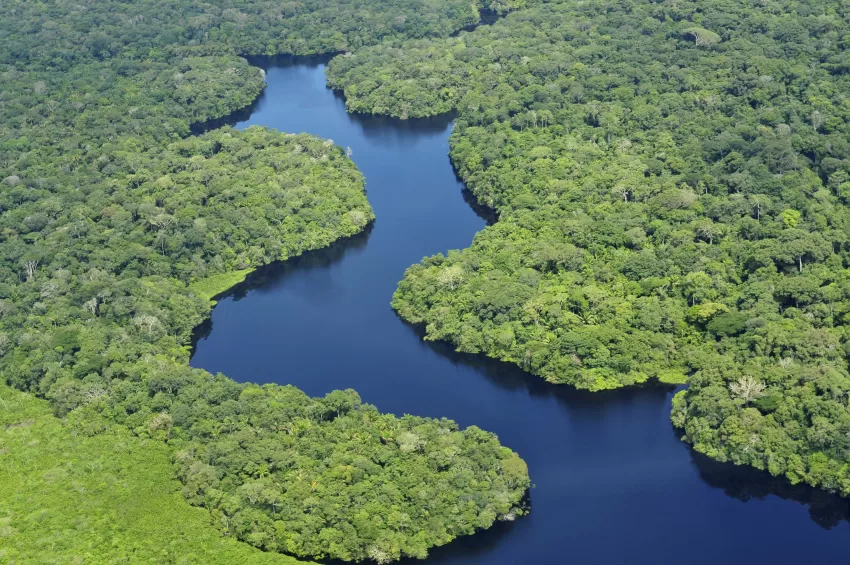I’m Gladis, the wordsmith behind Words We Trust, and today, I’m excited to share a story that’s particularly close to my heart. It’s about how I, an EN-FR translator with a passion for making a difference, found myself diving deep into the world of biodiversity conservation, and what it meant to me to translate the Guide for the implementation of the Kunming-Montréal Global Biodiversity Framework Target 3.
A translator’s tale
First some background. I’m a specialized translator, with a DipTrans, a Level-7 diploma in English-to-French translation, another in legal translation (yep, Level 7 = Master’s), and a BA in International Relations. Sounds fancy? There’s more! I also have certificates in environmental translation, humanitarian communication, NGO management, PSEA, needs assessments, SDGs, WASH, communicable diseases, child nutrition, human rights, gender issues, and a host of other areas that make me well-equipped and reliable.
Over the years, I’ve translated and revised millions of words across my specialty fields — from legal documents to NGO reports, ECOSOC applications, international treaties, e-courses, and more. Along the way, I’ve even picked up an international award for empowering knowledge through translation. But translating the Target 3 Guide was a whole new level of reward.
Target 3: The biodiversity beast
What exactly is Target 3? For those who might not be biodiversity buffs, let me break it down.
Target 3 is the superhero of conservation goals: ensuring that by 2030, at least 30% of our planet’s terrestrial, inland water, coastal, and marine areas are effectively conserved and managed. It’s about creating systems that are ecologically representative, well-connected, and equitably governed. What makes it even more compelling is its explicit recognition of Indigenous and traditional territories, ensuring that conservation efforts respect the rights of the communities who have stewarded lands for generations.
Why Target 3 matters (and why I’m obsessed with it)
The T3 Implementation Guide isn’t just another dry policy document; it’s a global commitment to protecting the ecosystems that sustain life on Earth. Target 3 is intricately linked to key SDGs like Life Below Water (SDG 14) and Life on Land (SDG 15). And more than that, it’s about recognizing that we’re all in it together — humans, animals, plants, microorganisms…
And here’s where my heart starts to sing — Target 3 isn’t just about conservation. It’s about equity and justice. It’s about recognizing the rights of indigenous peoples and local communities, and ensuring that the people who’ve been custodians of lands and waters have a real say in how theses lands and waters are managed.
Translating the T3 Guide: a high-stakes linguistic challenge
Now, the heart of the matter — translating the T3 Guide wasn’t just another day at the office. It was like solving a Rubik’s cube while riding a unicycle — complex, challenging, and incredibly rewarding.
When I translate, I don’t swap words from one language to the other. I create a fusion of accuracy, expertise, idiomacy, empathy, and engagement. I translate concepts, emotions, and aspirations so that a technically correct end-product resonates with its audience. For the T3 Guide, this meant drawing on all my experience — legal, NGO expertise, humanitarian communication, and more, making sure all aspects, including the recognition of indigenous rights, came through loud and clear. Producing a great translation is a given, but my goal was to also ensure the French version inspires action among policymakers, conservationists, and community leaders.
Why this matters (beyond my love for words)
The work I do at Words We Trust, like translating the T3 Guide, isn’t just linguistic acrobatics; it’s about breaking down barriers and contributing to a more equitable and sustainable world. It’s about making sure that language isn’t an obstacle to global cooperation on critical issues like biodiversity conservation. The T3 Guide is a perfect example of how my work aligns with the SDGs. When I translate such documents, I’m not only transferring information. I’m building bridges. I’m helping to ensure that the voices of experts, indigenous leaders, and local communities can be heard in these crucial conversations.
Join me on this journey
So, that’s my journey with the SDGs, the GBF Target 3, and biodiversity conservation — one that’s reinforced my belief in the power of words to change the world. If you’re as passionate about this as I am, here’s what you can do:
- Dive into the Biodiversity Framework on the Convention on Biodiversity’s website, or check out UNEP’s page on the Framework. It’s fascinating, I promise!
- Read the French version of the T3 Guide, translated by Words We Trust: Guide pratique pour la mise en œuvre inclusive, équitable et efficace de la cible 3.
- Think about how you can contribute to biodiversity conservation in your own way.
- Remember that when it comes to translating crucial environmental or humanitarian content, you know who to call (hint: it’s me).
So, here’s to breaking down language barriers, one translation at a time, and here’s to biodiversity, to global cooperation, and to the power of words to change the world.

